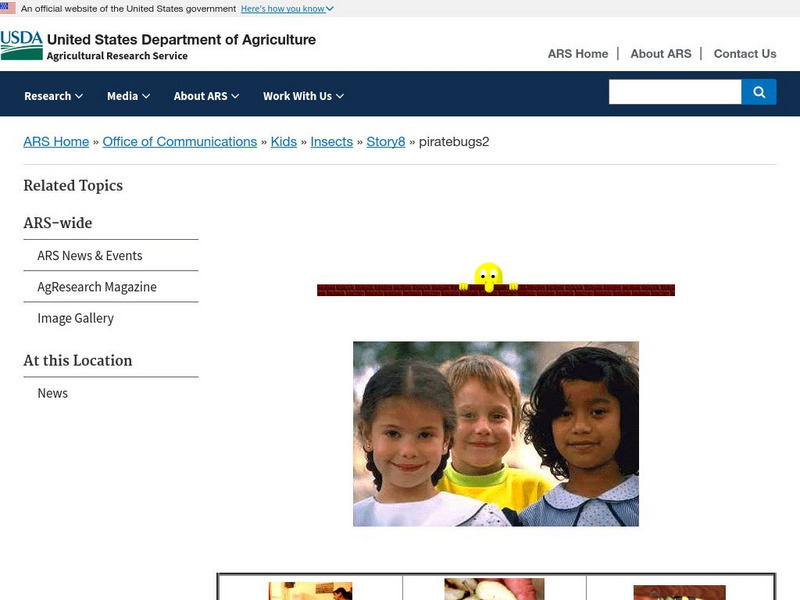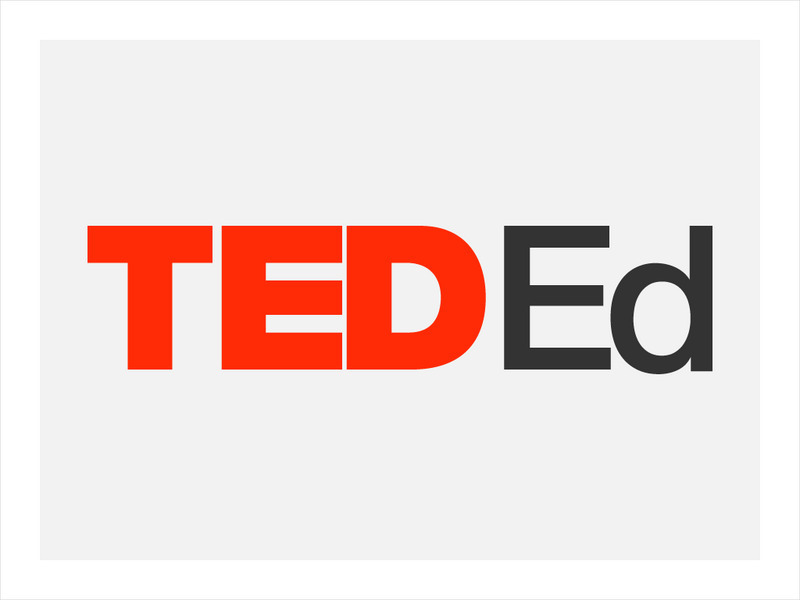US Department of Agriculture
Us Dept. Of Agriculture: Agricultural Research Service: Not All Bugs Are Bad
Find out who an entomologist is and how they are using good bugs to control the population of bad bugs. Resource by Agricultural Research Service.
PBS
Pbs Learning Media: Dustin Madden: Science Teacher
In this video profile produced for Teachers' Domain, meet teacher Dustin Madden, an Inupiaq who hopes to inspire students to take an active role in protecting the natural environment by giving them a foundation in math and science.
Alabama Learning Exchange
Alex: Endangered Species
This is a biology or environmental science lesson that incorporates technology. This project-based plan is designed to be used as students study the factors that affect the dynamic equilibrium of populations and ecosystems. This lesson...
PBS
Pbs Learning Media: La'ona De Wilde: Environmental Biologist
In this video profile produced for Teachers' Domain, meet La'ona DeWilde, an environmental biologist who integrates her Athabascan heritage and her Western scientific training to help remote Alaskan villages address environmental issues.
Curated OER
Unesco: China: Huanglong Scenic and Historic Interest Area
Situated in the north-west of Sichaun Province, the Huanglong valley is made up of snow-capped peaks and the easternmost of all the Chinese glaciers. In addition to its mountain landscape, diverse forest ecosystems can be found, as well...
TED Talks
Ted: Ted Ed: From the Top of the Food Chain Down: Rewilding Our World
Our planet was once populated by megafauna, big top-of-the-food-chain predators that played their part in balancing our ecosystems. When those megafauna disappear, the result is a "trophic cascade," where every part of the ecosystem...
Other
The Sustainable Scale Project: Ecological Footprint
The Ecological Footprint is rooted in the fact that all renewable resources come from the earth. It accounts for the flows of energy and matter to and from any defined economy and converts these into the corresponding land/water area...
PBS
Pbs Learning Media: Wildlife Biology
In this What's Up in the Environment? video segment, learn how various indicator species are used to monitor the environmental condition of the Everglades.
Curated OER
Unesco: United States of America: Olympic National Park
Located in the north-west of Washington State, Olympic National Park is renowned for the diversity of its ecosystems. Glacier-clad peaks interspersed with extensive alpine meadows are surrounded by an extensive old growth forest, among...
Curated OER
Unesco: Cameroon: Sangha Trinational
Situated in the north-western Congo Basin, where Cameroon, Central African Republic and Congo meet, the site encompasses three contiguous national parks totalling around 750,000 ha. Much of the site is unaffected by human activity and...




